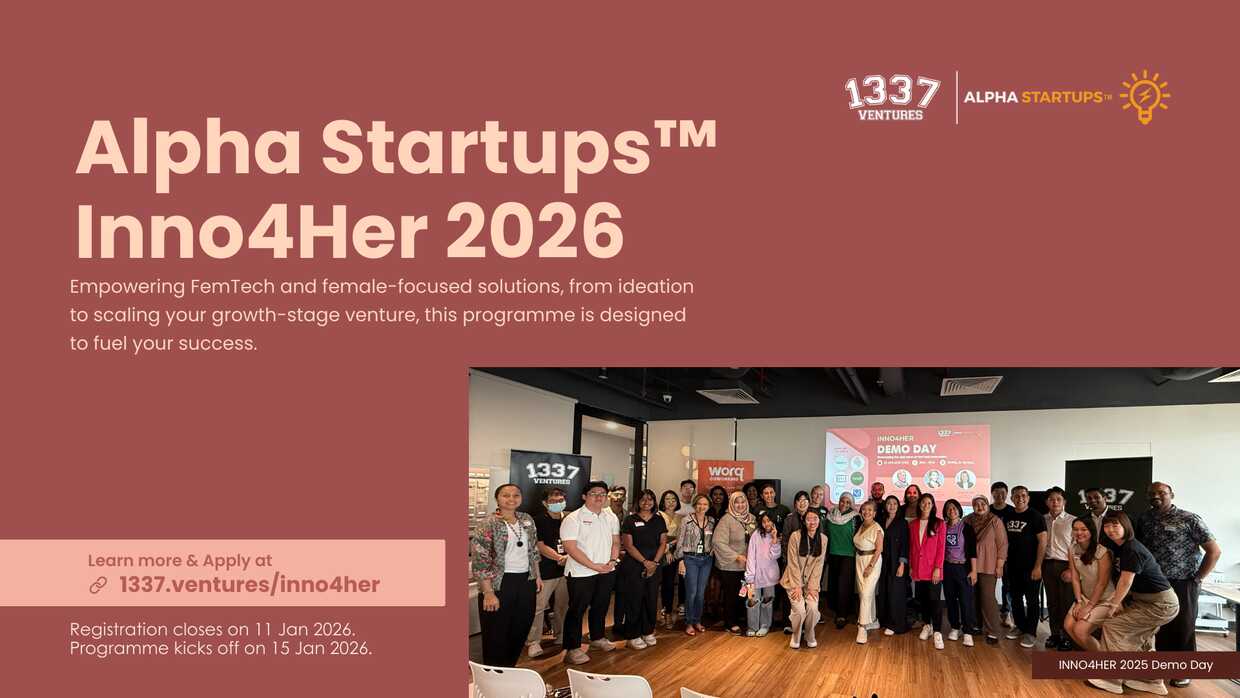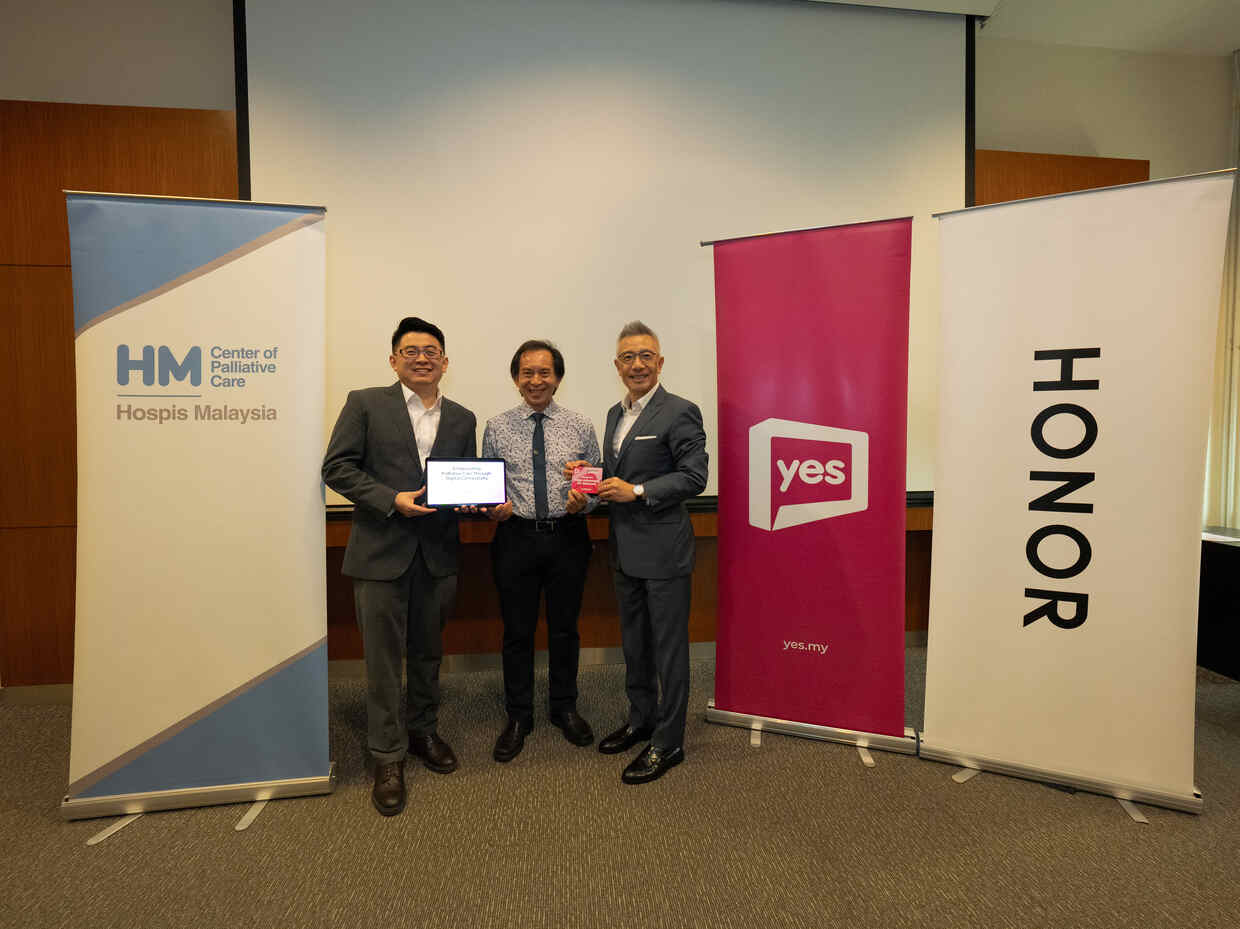I refer to the report “Median income of Singaporeans up 11%.” It states:
“Singapore has one of the highest employment rates internationally and the median income of workers also increased 11 per cent in real terms, over the past 10 years”.
This means that the real increase per annum of the median wage was only 1.2 per cent, which is quite low.
Since the median is half the workforce, does it mean that about a fifth of workers had zero or negative real wage growth in the last 10 years?
The report also said, “income for households at the bottom 20th percentile grew only 8.1 per cent in real terms, or 34 per cent in nominal terms”. It’s rather odd that household income is highlighted in the narrative instead of the real wage for the bottom 20 per cent of workers.
In fact, at the 20th percentile, the real annualized wage growth was 0, and the cumulative growth from 2001 to 2010 was only 0.3 per cent. Can you imagine getting a 0.3 per cent increase after 10 years?
In any case, real household income increase was only about 0.8 per cent per annum.
There has been the trend of lesser members per household, but more employed members per household. This may be due to lower-income households requiring more members to work in order to make ends meet because of zero or declining wages.
Quoting the report again:
“what we need to do is to try and aim for growth of between 5 to 10 per cent over the coming decade before we can actually achieve the aspiration that has been set”
Since good GDP growth over the last decade did not translate into good wage growth, how likely is it that the pledge to increase real median incomes for workers three-fold (or by 30 per cent) in the next decade, be fulfilled?
When you read the portion of the report which said:
“With continued emphasis and investment in education and training, more Singaporeans are also holding higher skilled jobs. In 2010, 23 per cent were degree holders, up from 14 per cent in 2001.
Including those with diploma & professional qualifications, the share was 41 per cent compared with 28 per cent in 2001.Forty-nine per cent of citizens employed in 2010 were in professional, managerial, executive & technical (PMET) jobs, up from 42 per cent in 2001”
It begs the asking, why has the median wage real increase been so low when such a greater proportion of the workforce are now higher educated?
How can government transfers and taxes have a redistributive effect on household income and reduce the Gini coefficient, when transfers like CPF Medisave Account top-ups, Post-Secondary Education Account (PSEA) top-ups, etc, when these are not cash that can be utilised immediately?












